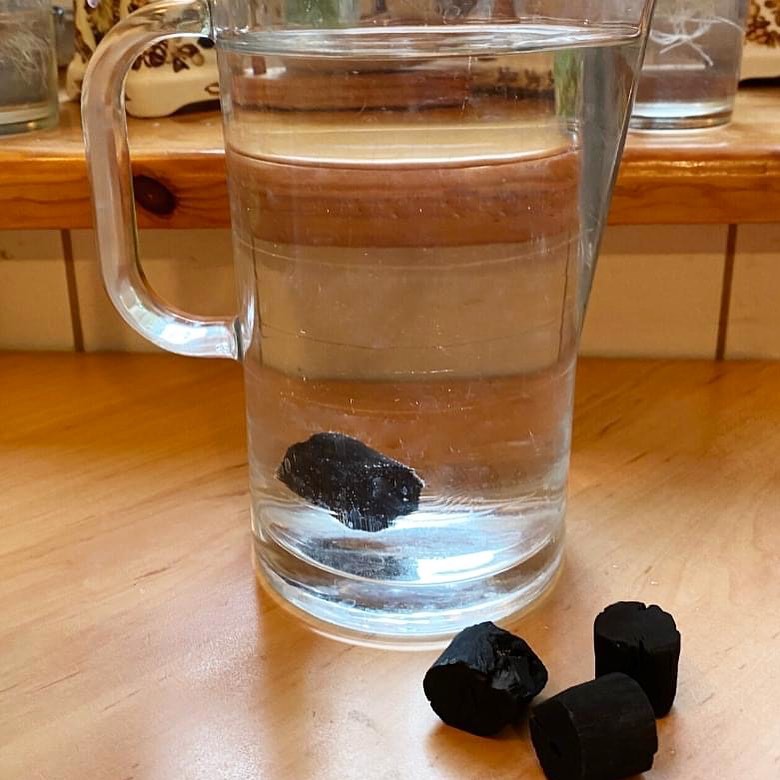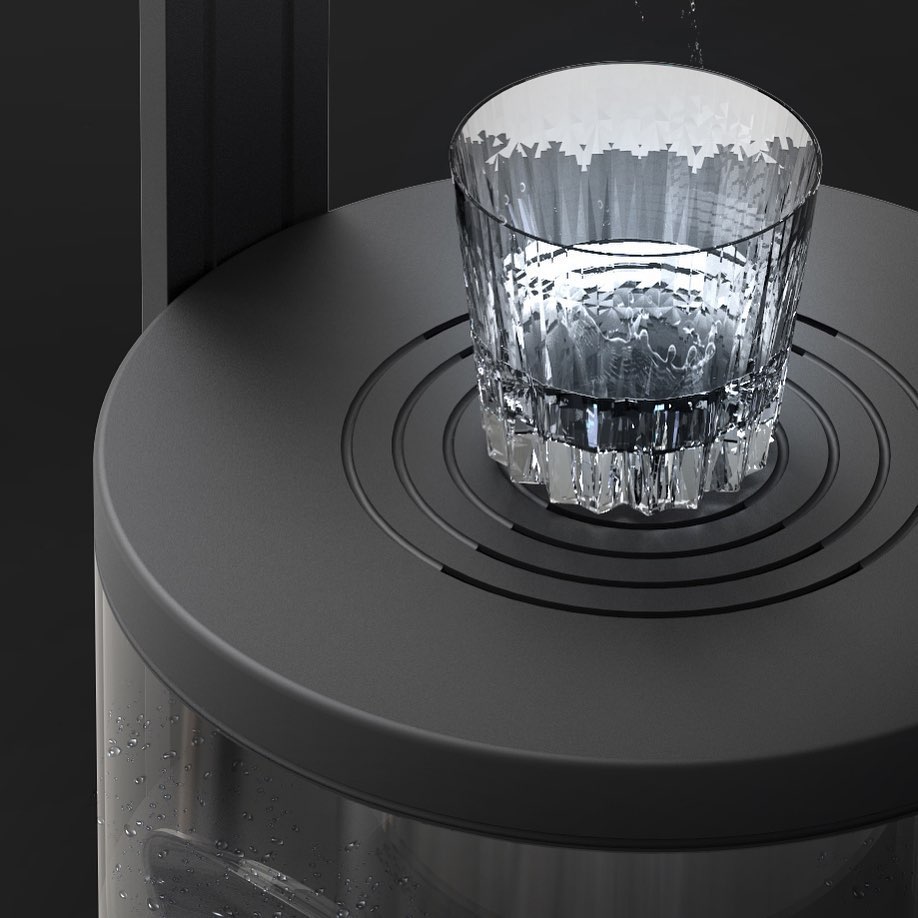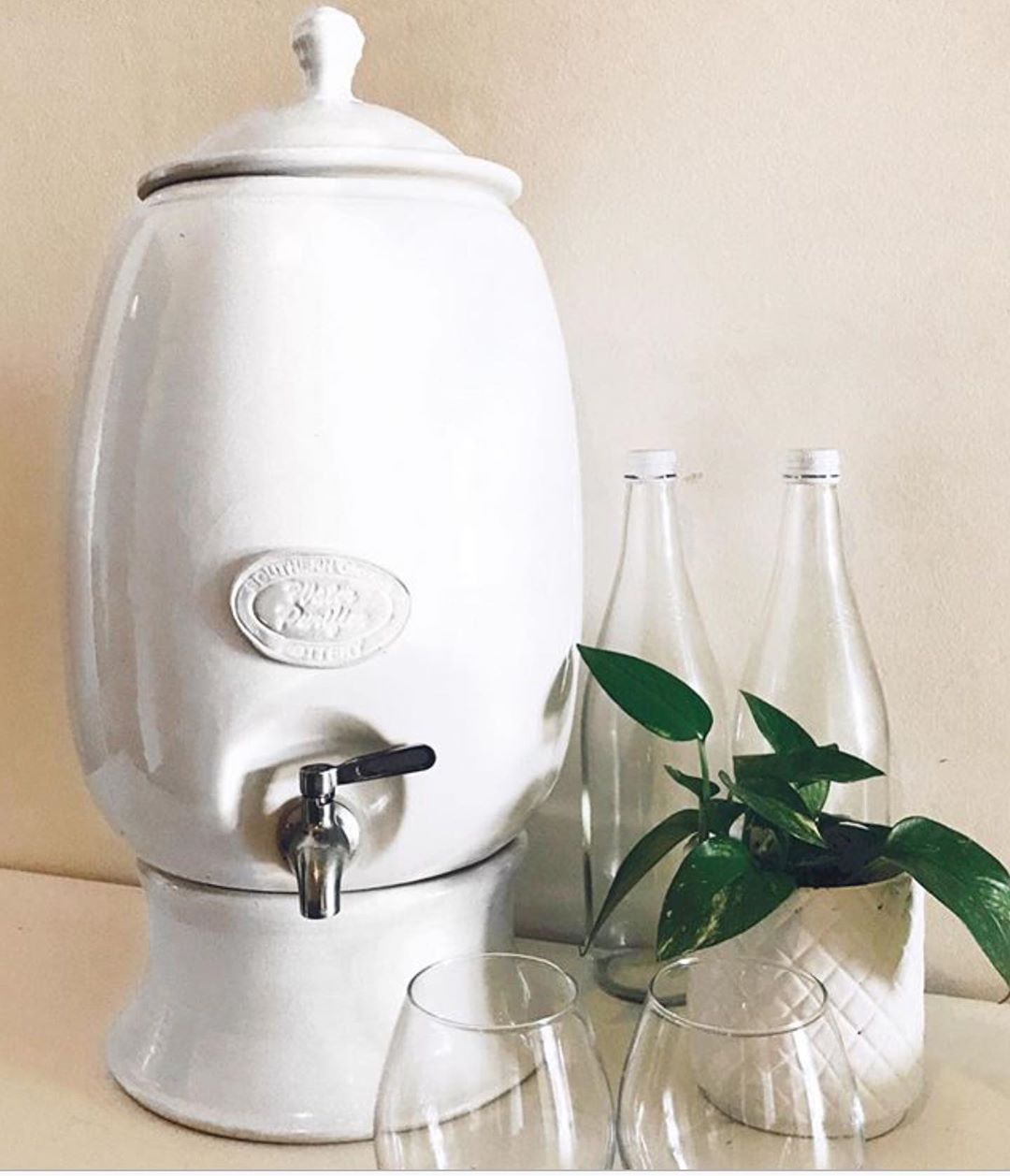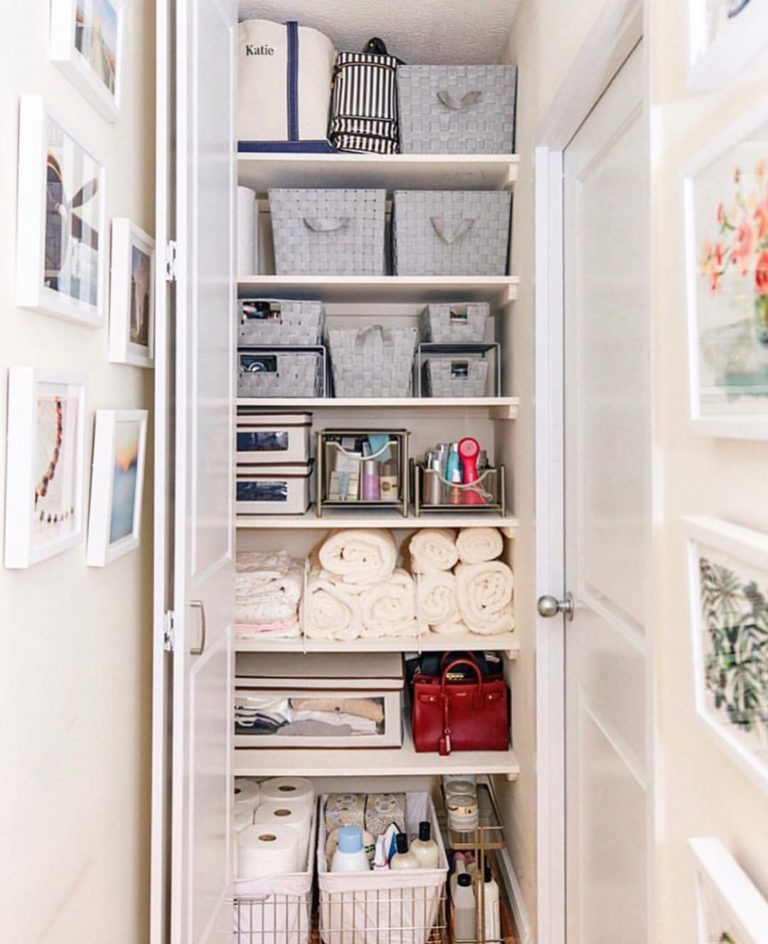The Most Common Water Filters and How To Use Them
Did you know that your tap water may contain dangerous chemicals and contaminants? In fact, studies have found that in the US alone, 85% of the total population is drinking water polluted with about 300 contaminants. Having access to safe water is essential for any home, that is why it is important to invest in whole house water filters. Not only will it ensure the safety and cleanliness of the water you drink, but it will also improve its taste and freshness. With so many types of water filters available on the market today, choosing the right one may be overwhelming. To help you select the filter that would best suit your needs, check out our guide below.

Activated Carbon Filter
Filters that rely on activated carbon are typically used in filtering chlorine and other organic compounds found in hard water. They work by trapping pollutants in the pores of activated carbon. An activated carbon filter may contain bituminous coal, wood-based media, and coconut shell media. Filters with activated carbon can be in the form of granular activated carbon filters that you can add to your faucet. They work by passing the water through a cartridge that contains loose granules of activated carbon. It may also be in the form of a carbon block in which water will flow through the side of the filter, delivering the filtered water on top of the filter. Lastly, you can also opt for a radial flow granular activated carbon filter, it works like the carbon filter but it is less restrictive.

Reverse Osmosis
Compared to other types of filters, reverse osmosis is a more complex system as it has several components, including a pre-filter, post-filter, and a reverse osmosis membrane. On the plus side, it is known to be highly effective in removing not only pollutants but also parasites and viruses. Each reverse osmosis system is different, and the models vary depending on their water efficiency, among other factors. For instance, if you check out this review, you will see that some systems waste up to 4 gallons of water to produce 1 gallon of purified water, while others only use 3 gallons for every gallon of clean water. When looking for a reverse osmosis filter setup, it is highly recommended to find out how much water each model wastes to get a better idea of which one is the most practical and cost-efficient. A reverse osmosis system needs to be installed as a countertop filter or under the sink. If you are not comfortable installing the system on your own, then you should let a professional plumber do it for you.

Soften Your Water Source
More and more households choose to install a water softener to improve the quality of the hard water that reaches our tap. If you are thinking of getting one, but you do not know very well what you should take into account, today we analyze what elements can help us to choose a water softener in our home.
The home softener marks a before and after in our well-being at home. Treatment for lime in water It is one of those products that once you install in your home, it is difficult for you to know how you could spend so much time without it. Some of its benefits are:
- It allows an energy saving that is noticeable in the water bill.
- Reduce the consumption of soap from appliances such as the dishwasher or washing machine.
- Extends the useful life of our appliances.
- Improves the quality of hard water that reaches the tap.
Water Distiller
Another form of water filters are water distillation systems. A water distiller works by boiling water and collecting the condensed vapor when it has cooled down. This type of water filtering system is commonly found in the form of countertop water distilling machines. It improves the taste and smell of water and can kill bacteria. It also removes fluoride, organic compounds, dissolved salts, and other heavy contaminants. The downside to this type of filter, on the other hand, is its downtime. Typically, it takes 4 to 6 hours for it to work and requires a significant amount of electricity to run. Distilled water is also low in oxygen, so it has a relatively flat taste compared to that of other systems.

Ceramic Water Filter
A ceramic filtration system uses a ceramic surface to remove bacteria and protozoa. It works by removing anything that is larger than the size of the pores found in the ceramic surface. To use a ceramic filter, you have to let water flow through a ceramic cartridge. These systems often work as a countertop or under sink filters, or you can insert this type of filter in a standard water filter housing. They can also be found in gravity-fed filters, which are handy if you plan to go on outdoor trips. Although they are a fairly inexpensive option, you should keep in mind that ceramic filters cannot remove minerals, viruses, and total dissolved solids. So, if you also want to convert hard water into soft water, a ceramic water filter is not the best option. It is also worth mentioning that this type of filtration system is significantly slower than most counterparts.

For the sake of your health and the durability of your home appliances, your water should be clean and safe to consume. There are some water filtering options you can choose from, but they all have their own pros and cons. Ultimately, the best water filter for you depends on your budget, preference, and needs.






